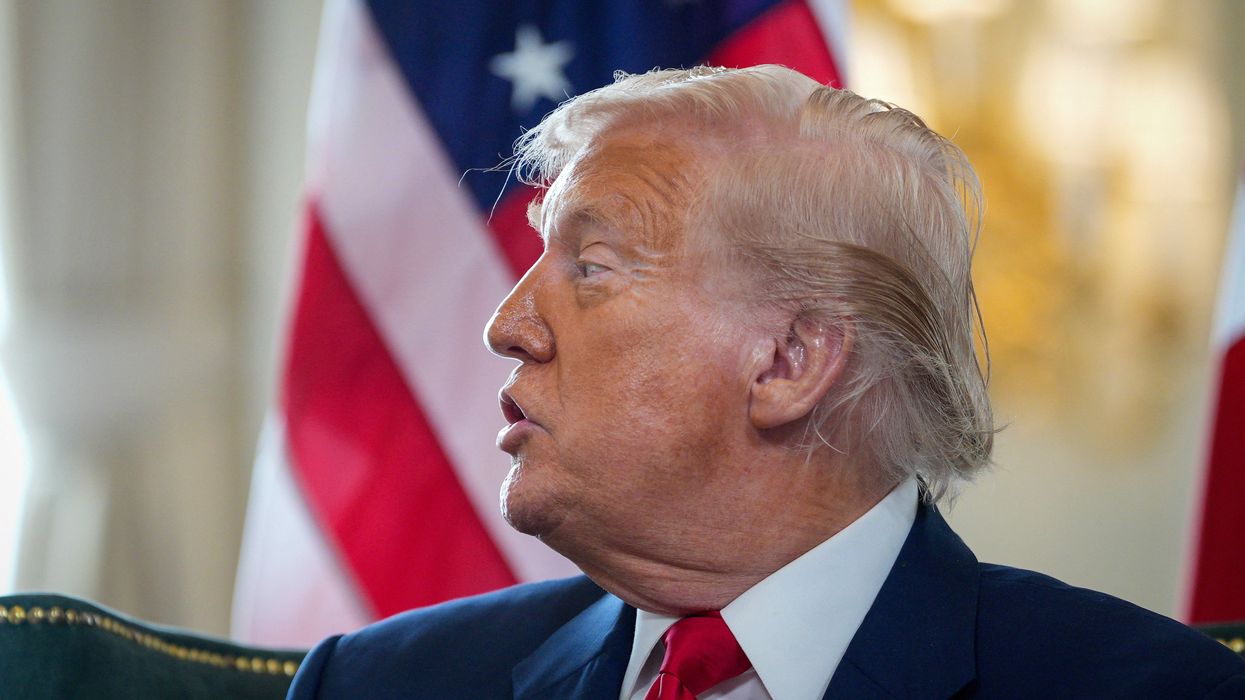In an article for The Guardian published Sunday, political historian Jan‑Werner Müller argued that President Donald Trump’s obsessive push to build a grand new ballroom at the White House is about much more than hosting lavish receptions — it is a projection of power, messaging and raw symbolism.
Müller wrote that the project – including the demolition of the historic East Wing – combines classic elements of Trump’s governance style: bold physical spectacle, falsehoods about the impact of construction, disregard for preservation laws and networking via corporate giveaways to curry favor.
The writer placed the initiative in a wider pattern of far-right populist leaders who use monumental architecture to claim ownership of their nations, define a “real people,” and leave enduring legacies of dominance.
"For all these peculiarities, Trump’s disfiguring the White House fits into a larger global trend: far-right populist leaders in many countries have used spectacular architecture to advance their political agenda and, more particularly, to set their vision of a 'real people' – as in 'real Americans,' 'real Hungarians' et cetera – in stone," he wrote.
Müller explained that for Trump the ballroom becomes a stage for adulation and deal-making, a place where the fantasies of his business persona intersect with the presidency.
He added that the sheer size, the private-funding narrative and the haste to advance the project all serve to dramatise a leader reshaping the “people’s house” in his own image.
“And while size matters for all far-right leaders on one level (just think of Erdoğan’s enormous palace in Ankara), hardly anybody else would have fixated on a ballroom. Perhaps the reason is as banal as the fact that banquets and catering were one of the few business ventures in which Trump ever had genuine success; more likely, it is a space for unlimited adulation of the president and for plenty of occasions for 'deal-making.'"
The writer argued that the underlying message behind this project is: “We won and now the country is ours.”
Müller contended that Trump’s fixation on the ballroom is less about function, and more about symbol. It signals a shift from democratic institutions towards spectacle, from collective governance to personalized rule. The architecture, he added, is a statement of power, permanence and entitlement.


